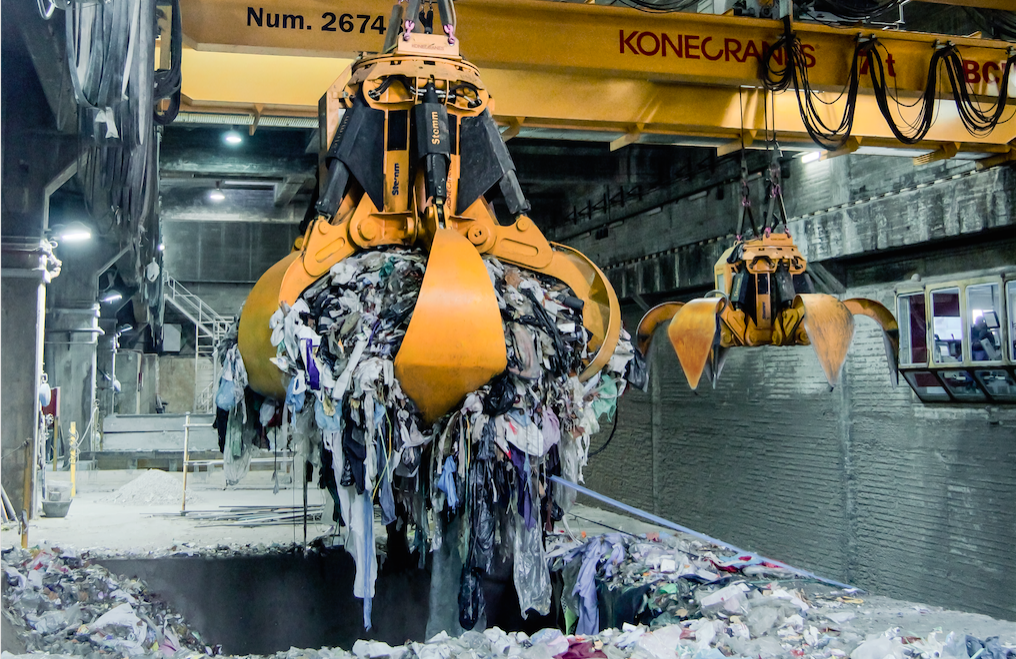Konecranes is introducing a range of lifting and material handling technologies specifically designed for waste-to-energy (WtE) and biomass applications for the Middle East.
The gulf region produces around 150 million tons of waste annually with vast quantities bound for municipal dumps and landfills.
Governments are looking to invest in waste to energy facilities, enabling the sustainable disposal of waste while producing energy.
Konecranes offers a broad range of cranes and technologies, specifically designed for biomass, slag, sludge and waste handling applications. The company has delivered 668 cranes to 428 plants worldwide, of which a large proportion are capable of operating in full automation.
The Finnish companys new standard solution for programming waste-to-energy automation is a Main User Interface (MUI). This computer is integrated with the cranes PLC system and allows the operator to schedule and program 20 different work routines in full automation, giving plant managers enhanced flexibility to manage pit operations for receiving, mixing and burning waste.
An array of Smart Features help streamline load lifting and moving operations, increasing equipment ease of use and reducing material cycling time. For instance, integrated sway control systems allow for fast and precise movement of the grab and help to avoid collisions between the bucket and the pit walls. Furthermore, a proven automation system, helps to reduce operator fatigue, improves safety and allows the crane to operate to its full potential.
Most WtE facilities operate in a nearly continuous cycle, where downtime and low performance levels have major detrimental effects on operations. Having the right crane, supported by a capable maintenance provider such as Konecranes, can mean the difference between managing operations more efficiently and safely.

